First, I probably ought to explain what bokeh means. No, it's not broken with a few typos! But it does sound like a Japanese word, right? Correct. It stems from the Japanese word boke, pronounced bo with a long o and keh with a soft e, such as when you question something weird, "Eh?"
Bokeh is the term applied to the degree of detail in the background of a photo. Good bokeh, achieved by using a large aperture (small number on the lens ring, such as 2 or 4) means your main subject is well focused and the background seems misty or blurred, not drawing attention away from your main subject. Bad bokeh could be used to describe a photo in which something in the background seems to be growing out of the main subject's head or a photo in which distracting cars and tail lights in the background compete with the close-up image of a flower or statue.
Sometimes you want the background detail to be identifiable, but in most cases, you want it to compliment the main subject, not steal the viewer's eye.
I've previously shared some tips about how to achieve visually pleasing depth of field (amount of focus within a photo), and now I'm going to share how to make homemade bokeh filters to enhance photos and make it look like you have a top dollar professional studio.
You may buy bokeh filters at camera shops or online. Photojojo has a somewhat reasonable set with extraordinary variety. Or you can make your own and make them any size and shape you like. Here's another similar kit likely via the designer/developer.
I took the cardboard packaging from suction cup packages and used a variety of hole punches to make my own bokeh filters. I colored the cardboard black before punching holes to prevent light reflections when the filter is mounted (via tape or my fingers) to the camera lens.
A vignette is what you will achieve if you use too small an aperture, such as 16 or 22, while using bokeh filters.
Too small an aperture opening also might be smaller than your cutout, resulting in partial highlights, like my severed teddy bears. (Which we probably could call Broken Bokeh!)
By placing the bokeh filters in front of your lens, you are shaping light sources and highlights in the background. This can be really handy for wedding shots, allowing you to surround your subjects with hearts. At Halloween, you can fill your background with half moons, and at Christmas, you can enhance already beautiful lights with star shapes.
In this age of digital, you can play around with aperture until you find what you like best and what works best with the filters you use. For most of the pictures I've included here, I've used a wide angle to medium telephoto zoom lens, fully zoomed, with a larger aperture, mostly in the 4-5.6 range.
These are my outdoor Christmas lights, slightly out of focus, with no bokeh filter. The shape of the lights comes from the shape of the adjustable metal aperture leaves inside the camera.
I want to make those same Christmas lights fancy, as in the photo at the top of this post. I used the star bokeh filter over my lens (just holding it in place with my hand) for the photo with the snowflake soap bottle.
These are my outdoor Christmas lights on the floor, with the snowflake bokeh filter hand-held in front of my lens. The snowflake opening is bigger than the aperture -- yet more Broken Bokeh.
Your background highlights do not have to be lights. I shot my Christmas cactus blossoms with my bead- and crystal-decked crocheted snowflakes in the background, the beads and crystals backlit by the sun. My snowflake hole punch is too big for bokeh purposes, but even partially cut off, it still looks pretty cool to me.
Check out this informative piece and the wonderful video that perfectly demonstrates the power of beautiful bokeh.






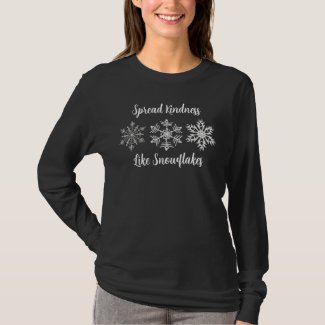
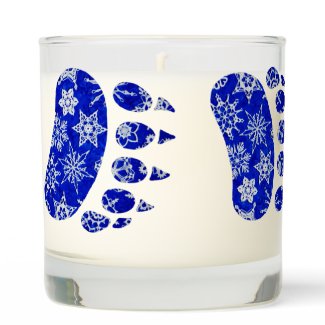
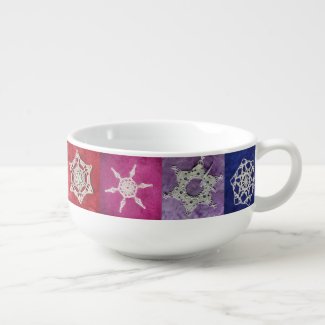

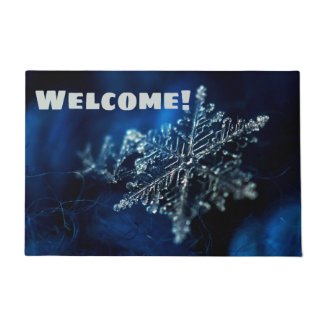

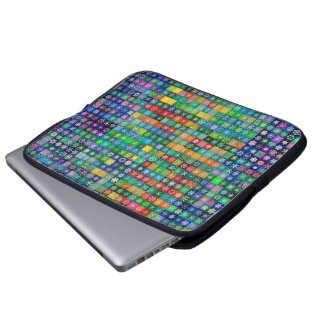
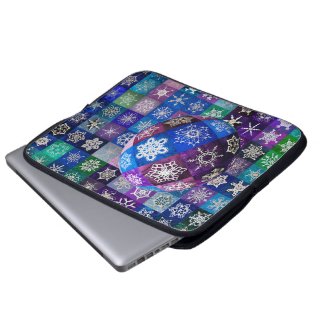















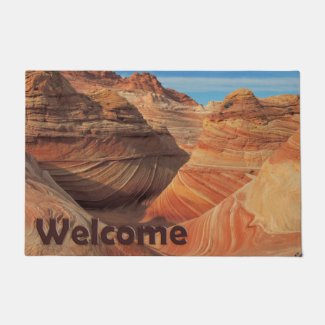
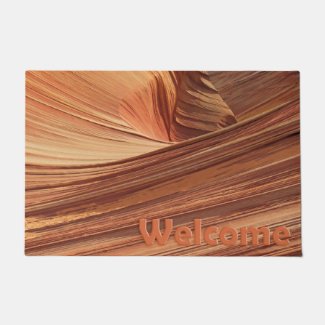

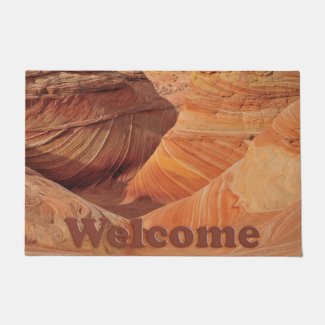
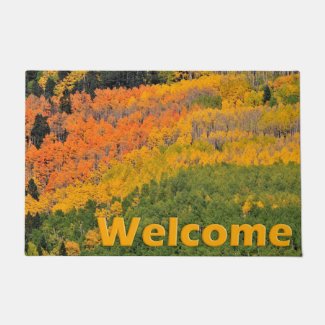
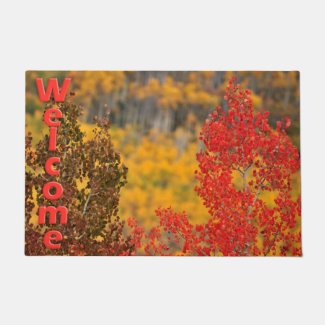
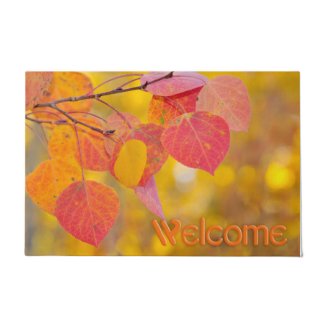
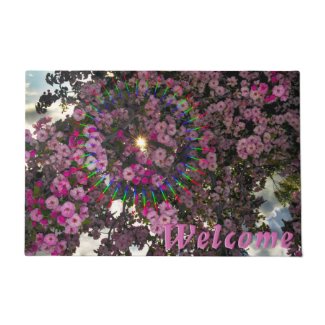
You can take me to school ANY time! Can't wait to try out some of these techniques- thanks so much for sharing your creativity and wealth of knowledge of all things snowflake | photography | light | happiness.
ReplyDeleteThat's amazing but I confess I'm confused. Will have to read it a few more times to grasp the concept!
ReplyDeleteI can foresee lots of happy time spent messing around with this one.
I just read somewhere about a camera coming out that allows you to change, after the fact, what part of the shot is in focus. I suppose that might streamline the bokeh process.
Wow! I've never heard of that before. I'm going to have to figure out how to make that work with my camera.
ReplyDelete